When your iPhone charger stops working, it can be a frustrating and inconvenient experience. Whether your device is failing to charge completely, charging slowly, or intermittently, understanding the potential causes of these issues is crucial for effectively resolving them. In this guide, we will walk you through the key steps to diagnose and fix charging issues with your iPhone charger. From basic troubleshooting to professional solutions, we aim to provide a thorough, step-by-step approach to ensure your iPhone is up and running again.

Common Symptoms of iPhone Charger Issues
Identifying the symptoms of a malfunctioning iPhone charger is the first step in resolving the issue. While the exact cause of the problem can vary, here are some common signs that indicate your iPhone charger might not be working properly:
1. No Charging Indicator
If your iPhone charger does not show the usual charging icon on the screen, this could mean that the charger or cable is faulty, or there may be a problem with your iPhone's charging port. In some cases, the device may not recognize the power source altogether.
2. Slow Charging
Slow charging is another indication of a malfunctioning charger. When your device charges too slowly, it could be a result of using an incompatible charger or damaged cable. Alternatively, the charging port may be obstructed or dirty, preventing the charger from connecting effectively.
3. Intermittent Charging
If your iPhone charges only intermittently, this might be a sign of a loose or damaged charging port, cable, or connector. A poor connection can cause the device to charge in fits and starts, even if the charger is plugged in properly.
4. Overheating Charger
Excessive heat emanating from the charger or charging cable could indicate a malfunction. Overheating is a serious issue, as it can cause further damage to the charger, your device, or even pose safety risks. If your charger is overheating, it is crucial to cease use and replace any damaged components immediately.
5. Accessory Not Supported Message
Receiving an “Accessory Not Supported” message typically signals that the charger being used is either incompatible or damaged. In such cases, replacing the charger with one that meets Apple’s specifications is often the best solution.
Steps to Fix iPhone Charger Not Working
Once you have identified the issue, the next step is to troubleshoot. Below are several solutions that can help resolve common charging problems with your iPhone.

1. Check the Cable and Adapter
Inspect both the charging cable and adapter for any visible signs of damage, such as fraying, bent connectors, or exposed wiring. Sometimes the issue may lie in a faulty or damaged charger, which can be easily replaced. If possible, test with a different, known-working charger and adapter to rule out these components.
2. Clean the Charging Port
Dust and debris can accumulate in your iPhone’s charging port over time, obstructing the connection between your device and the charger. Using a soft brush, compressed air, or a wooden toothpick, gently clean the port. Be cautious not to damage the internal components, and ensure the phone is powered off before cleaning.
3. Restart Your iPhone
In some cases, the issue may not be hardware-related but instead linked to a software glitch. Restarting your iPhone can resolve minor charging problems. Simply turn off the device, wait a few seconds, and then power it back on.
4. Update iOS
Software updates often include fixes for various device-related issues, including charging problems. Check if your iPhone is running the latest version of iOS by navigating to Settings > General > Software Update. Keeping your device up-to-date can help prevent future issues.
5. Try a Different Power Source
Sometimes, the power source itself may be the problem. Try plugging your charger into a different wall outlet or USB port to ensure the power supply is not the issue. Faulty power strips or USB ports can prevent your charger from working correctly.
6. Inspect for Water Damage
Water damage can wreak havoc on your iPhone’s internal components, including the charging port. If your device has been exposed to moisture, check for any visible signs of water damage, such as discoloration or corrosion. In such cases, seek professional repair services immediately.
7. Reset All Settings
If none of the above solutions resolve the issue, resetting your iPhone’s settings may help. This can clear any settings-related bugs that might be preventing the charger from functioning. To reset your settings, go to Settings > General > Reset > Reset All Settings. Note that this will not delete your data, but it will reset system preferences like Wi-Fi passwords and display settings.

When to Seek Professional Help
While many charger issues can be resolved through the troubleshooting steps outlined above, some cases may require expert attention. Here are instances when it is best to seek professional help:
1. Persistent Charging Problems
If your iPhone continues to have charging problems despite testing different cables, adapters, and power sources, the issue may lie deeper within the hardware. A professional technician can conduct a thorough diagnosis and pinpoint the root cause of the issue, whether it involves the battery, charging port, or internal circuitry.
2. Physical Damage
If your charger, cable, or charging port is visibly damaged, it is advisable to consult with a certified technician. Attempting to fix damaged components on your own could lead to further damage, especially if the device’s internal components are affected.
3. Overheating Issues
If your iPhone or charger overheats during charging, it is crucial to seek professional help. Overheating can lead to further hardware damage, including potential risks to the battery. A technician can identify the source of the problem and make the necessary repairs or replacements.
4. Water Damage
If water has entered your iPhone’s internal components, professional repair services are essential. Water damage can be severe, often requiring specialized tools to fully assess and fix. Delaying repairs can result in more extensive damage.
5. Error Messages
Frequent error messages, such as “Accessory Not Supported,” can signal a deeper issue with compatibility or internal hardware. Professional technicians have the expertise to properly diagnose and fix these types of problems.
DIY Repairs vs. Professional Service
When dealing with iPhone charging issues, one important decision is whether to attempt a DIY fix or seek professional service. Both options have their benefits and drawbacks.
Benefits of DIY Repairs
- Cost Savings: DIY repairs can save money by eliminating labor fees and parts costs.
- Convenience: You can perform the repair on your own schedule, avoiding the hassle of visiting a service center.
Risks of DIY Repairs
- Potential for Further Damage: Improper handling of your device during a DIY repair can lead to further damage, increasing repair costs.
- Warranty Concerns: DIY repairs may void your device’s warranty, potentially leaving you without support from Apple in the future.
Benefits of Professional Service
- Expertise and Precision: Technicians are trained to handle complex issues and can quickly identify the root cause of the problem.
- Warranty Protection: Authorized repairs ensure your warranty remains intact and that your device is fixed with genuine parts.
Risks of Professional Service
- Higher Costs: Professional repairs can be more expensive than DIY fixes, especially for minor issues.
- Time and Inconvenience: Depending on the service, repairs may take time and involve shipping or visiting a repair center.
Best Practices to Prevent Future Charging Issues
Prevention is always better than cure. By following these best practices, you can minimize the likelihood of encountering charging issues in the future.
1. Use Certified Accessories
Always opt for Apple-certified chargers and accessories to ensure compatibility and prevent damage. Using non-certified products can cause charging issues and even damage your device.
2. Keep Ports and Cables Clean
Regularly clean your iPhone’s charging port and cables to prevent dust and debris from obstructing the connection. This simple maintenance task can greatly improve charging performance.
3. Avoid Overcharging
While modern devices are designed to prevent overcharging, it is still a good practice to disconnect your iPhone once it reaches 100%. Overcharging can lead to unnecessary heat buildup and gradual battery wear.
4. Handle Cables with Care
Avoid excessive bending or twisting of your charging cables. Properly storing and handling cables can significantly extend their lifespan and prevent wear and tear.
5. Keep iOS Updated
Regularly updating iOS ensures that your device receives the latest performance optimizations and bug fixes, which can include improvements to charging functionality.
Conclusion
Dealing with an iPhone charger that isn't working can be a frustrating experience, but with the right troubleshooting steps, you can often resolve the issue quickly. If the problem persists or if you encounter more serious hardware issues, seeking professional help may be the best solution. By following the recommended practices for maintenance and care, you can minimize future charging problems and ensure that your iPhone remains in optimal working condition.
FAQs
Why is my iPhone not charging when it's plugged in?
Your iPhone might not charge due to a faulty cable, adapter, or power source. It could also be caused by debris in the charging port or software issues. Test with another cable and adapter, clean the port, or restart your iPhone.
Why is my iPhone charger not working all of a sudden?
A sudden charger failure can result from cable damage, adapter problems, or a malfunctioning power source. It may also indicate a problem with the charging port or internal hardware. Check for visible damage and test with another charger.
How do I clean my iPhone's charging port?
Use a soft brush or compressed air to gently clean your iPhone’s charging port. Avoid using metal objects or excessive force, as these can damage internal components. Be sure to power off the device before cleaning.
This comprehensive guide should serve as a reliable resource for anyone dealing with iPhone charging issues. By following these steps, you can troubleshoot and resolve common charging problems, ensuring your device stays fully charged and ready for use.
Related Reading:
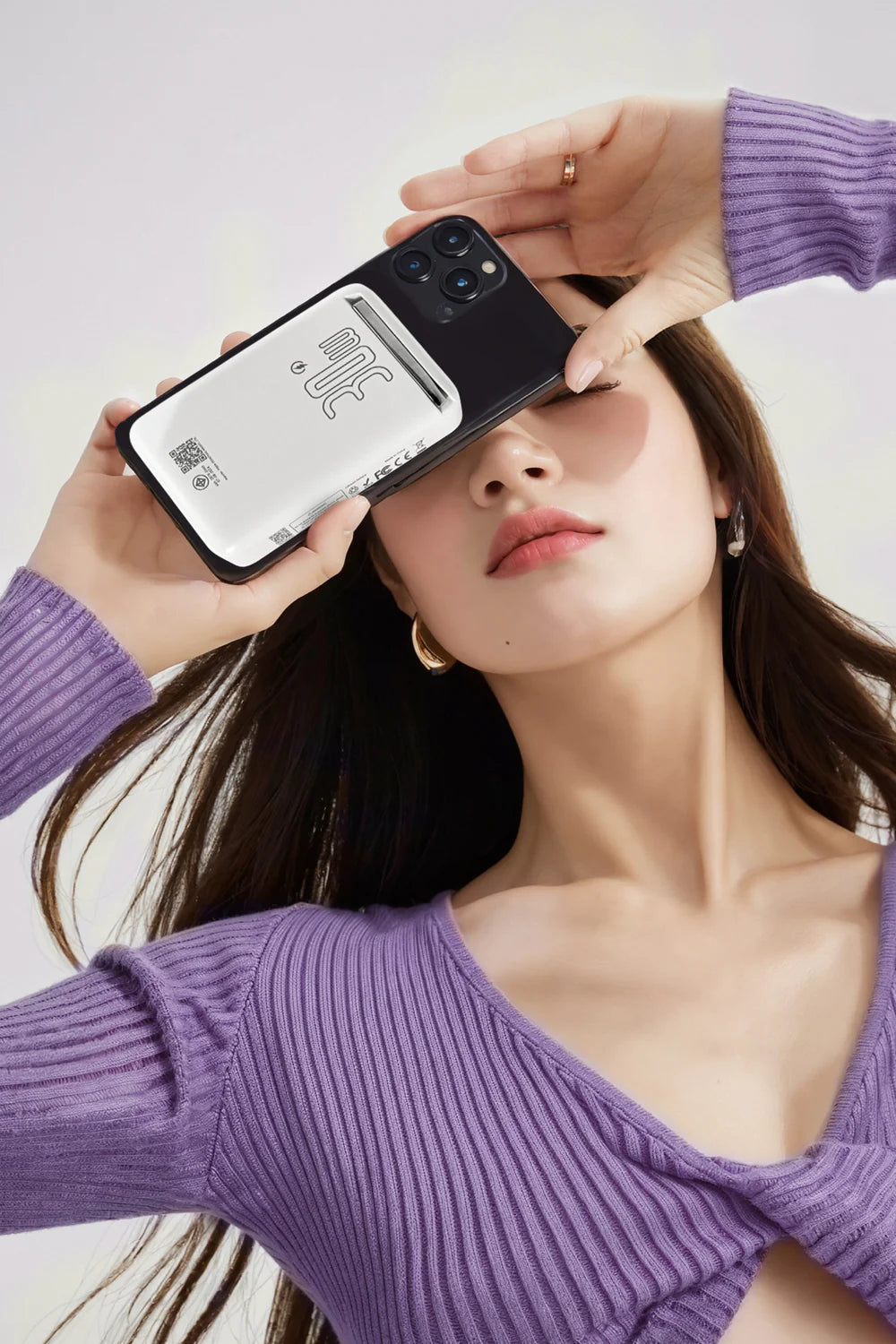
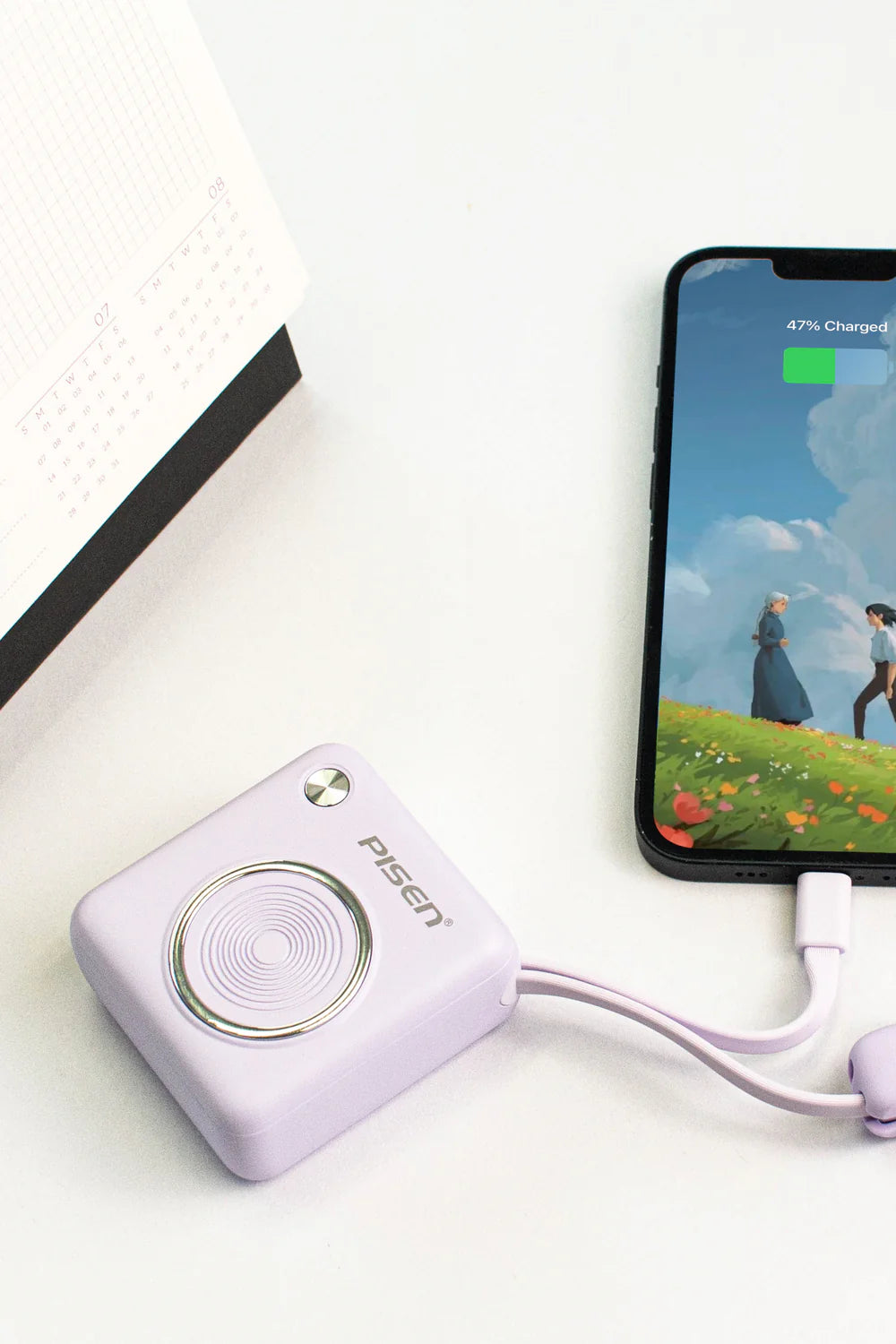
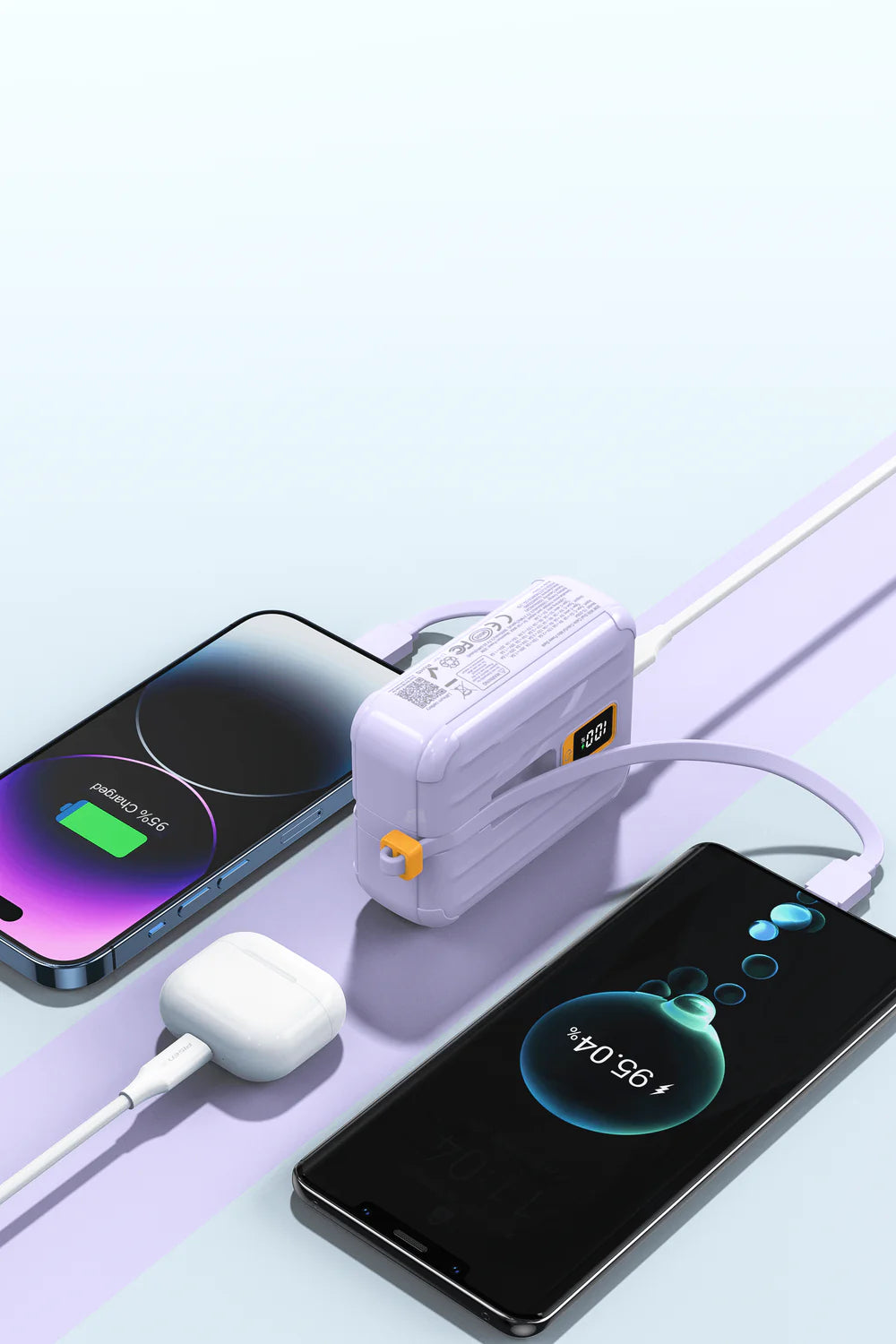
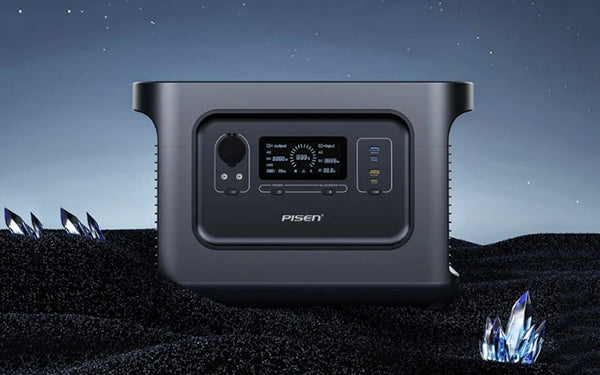
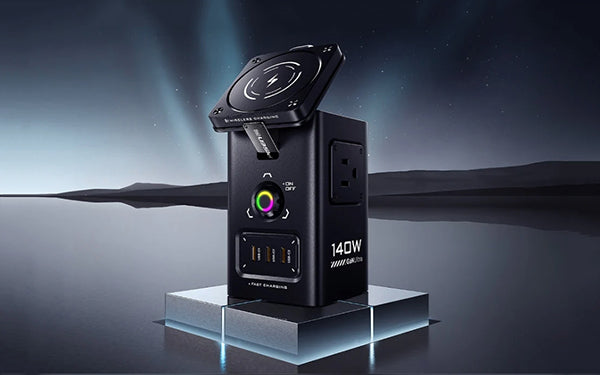
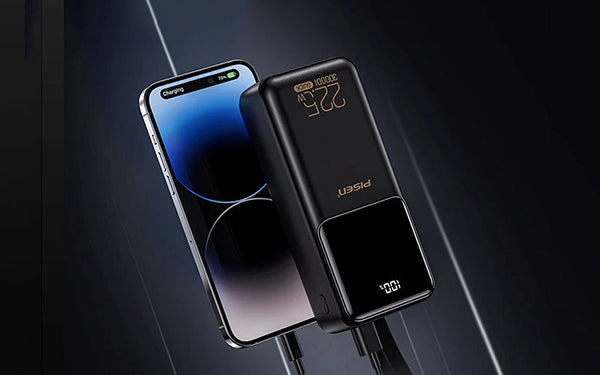
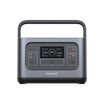
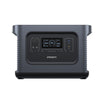

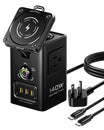
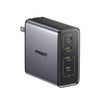
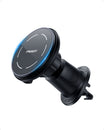
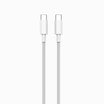
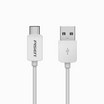
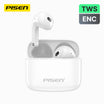
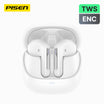
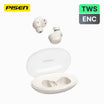
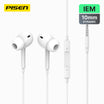
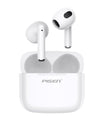
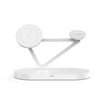
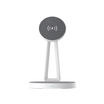
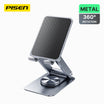
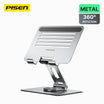
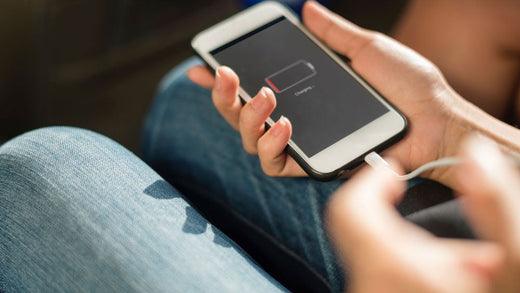
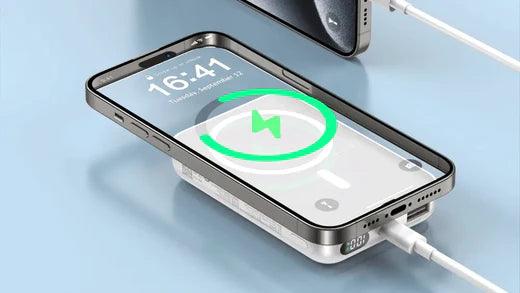
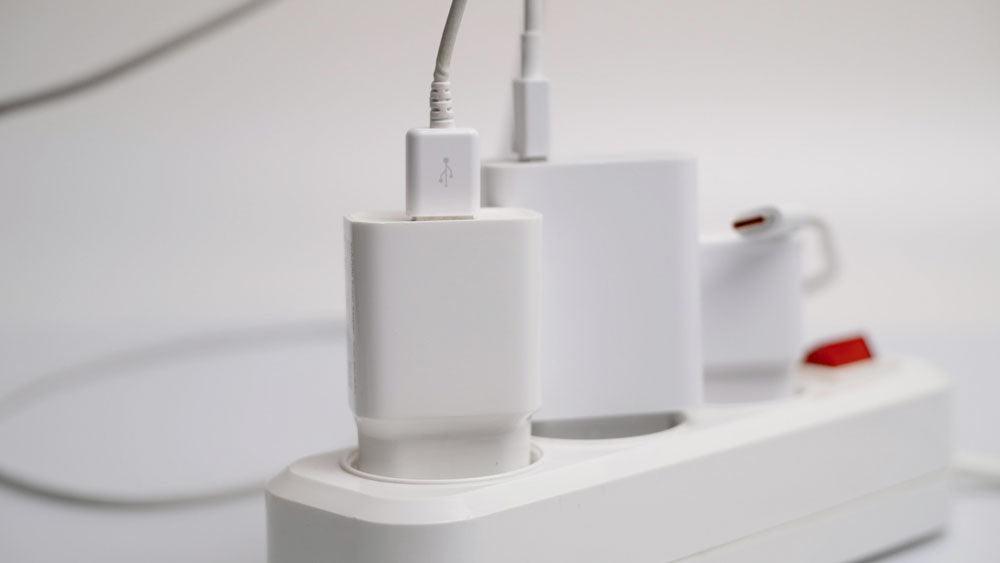
Leave a comment
This site is protected by hCaptcha and the hCaptcha Privacy Policy and Terms of Service apply.